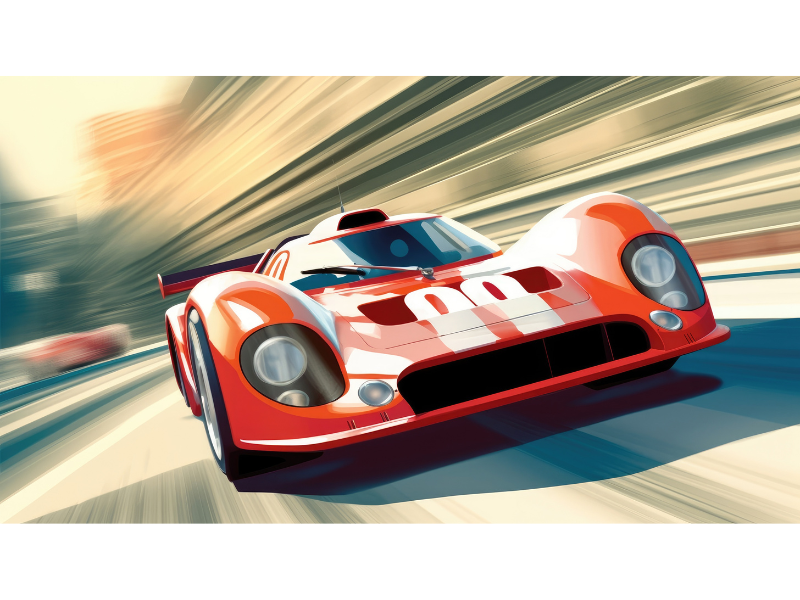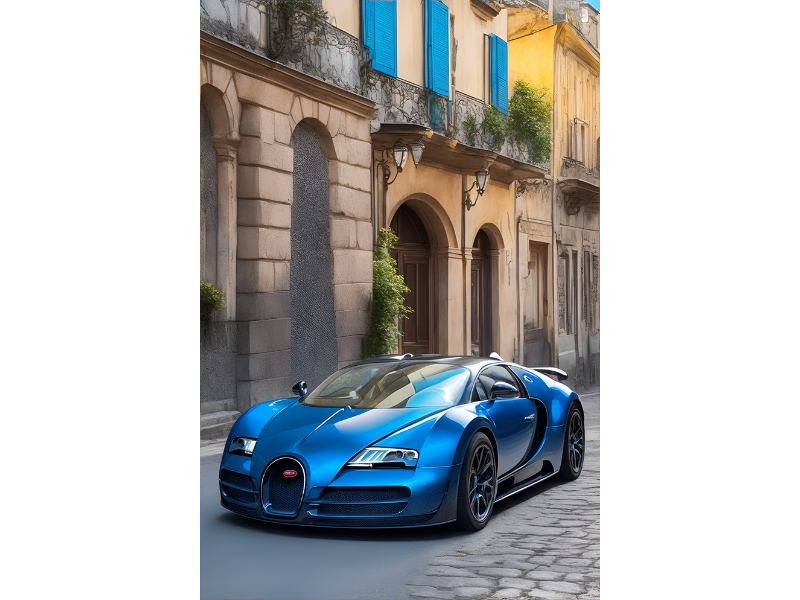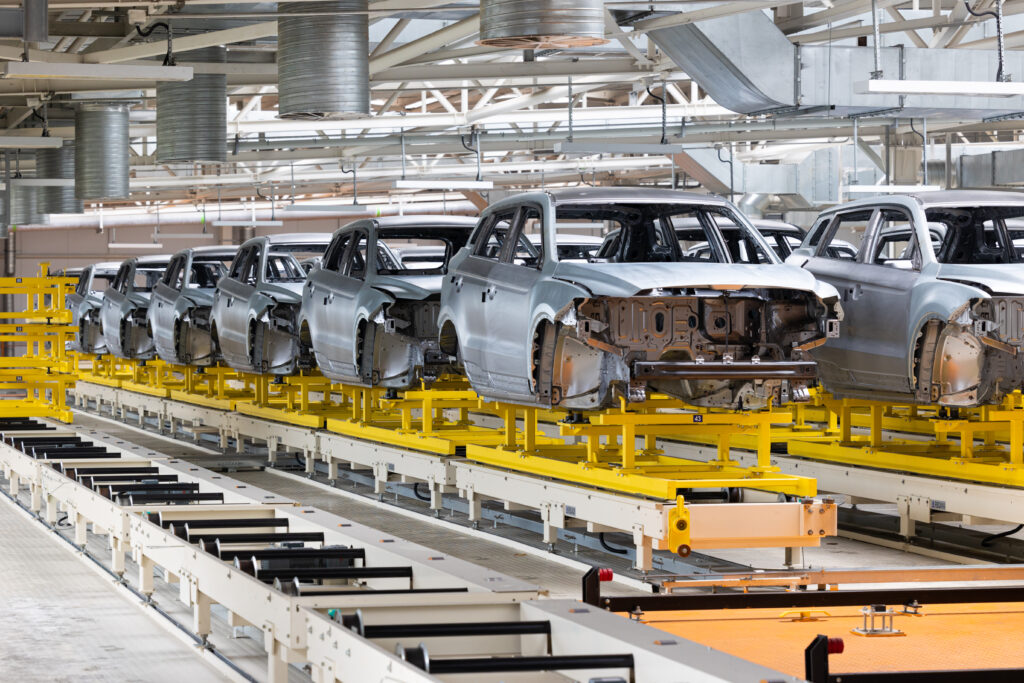A brief overview of the Italian automobile industry
The Italian automobile industry has a long and illustrious history that goes as far back as the 1880s. During the 1910s, Turin, a major business and cultural city in Northern Italy, was home to over 15 different automobile manufacturers. However, most of these companies were unable to withstand the fierce competition from international manufacturers who scaled production to offer affordable cars. These days, the Italian auto sector is well known for its supercars, sports motorcars, and compact city cars. Fiat is the dominant player in the Italian automotive industry, along with many small and medium-sized manufacturers. In the year 2014, Fiat merged with the American company Chrysler, a subsidiary of Stellantis, to form Fiat Chrysler Automobiles (FCA). Italy no longer has a sizable automotive sector due to Fiat’s 2021 acquisition by Stellantis, but it does still have a sizable component industry, all of which are focused on conventional engines.

Italy’s position in the global passenger car market has declined as the number of dominant car manufacturers on the international scene has decreased. According to a 2019 report, Italy was the seventh-largest auto manufacturer in Europe with respect to motor vehicle production volume. Although the volume of motor vehicle production in Italy increased continuously until 2017, the country’s automobile manufacturing industry went into a somewhat recessionary phase after that year. In 2019, there was a 9.3 percent drop in Italian automotive production volumes.
Luxury and supercar markets in Italy

Although Italian car manufacturers may have lost their global leadership in the passenger car market, they still remain at the forefront of luxury and sports car production, with a continued focus on design and technology. Luxury and supercar markets are being dominated by brands like Ferrari, Lamborghini, and Maserati due to their improved manufacturing processes and corporate performance. For instance, Ferrari’s car shipments have displayed a positive trend, increasing from 2011 to 2019 and reaching over 10,000 shipments in 2019. At the same time, Lamborghini has experienced even more robust growth since 2009, with the number of vehicle deliveries increasing by at least six times in the last decade.
Leading Italian automobile manufacturers

Italy’s automobile sector is highly competitive, characterized by major companies that provide state-of-the-art vehicles at a reasonable cost. Volkswagen, Citroen, and Dacia have taken advantage of changing market trends to improve their market position against Fiat. The trend towards more eco-friendly modes of transportation is gaining momentum, and the market for electric cars is on the rise. Italy has experienced a significant increase in the market share of electric cars since 2017. Despite this, electric cars only make up 0.6 percent of the total market, but companies offering affordable, high-quality environmentally friendly cars are expected to enhance their market share in Italy.
Italy Automotive Industry Outlook 2022-2026: Key Market Indicators
It is estimated that Italian vehicle registration will reach 1.6 million units by 2026, with an average annual drop of 1.4% since 2021. The Italian market has been declining at an average rate of 4.6% per year since 2010. In 2021, the production of vehicles in Italy was 1.03 million units, the same as in the previous year. Production in the country has been decreasing at a rate of 1.3% per year since 2002.

Over the past few months, the decrease in production and sales has made companies realize the importance of adopting new strategies. These strategies are based on the market complexities such as the rising prices of raw materials like iron, rubber, and electronic chips, component scarcity, shifts in consumer behaviour, and the need for sustainable industrial transformation.
Italy’s automotive sector is multifaceted and encompasses various domains, such as the production of vehicles and the manufacturing of components. Italian companies are renowned for their exceptional work in components, with 20% of the added value generated by the component supply chain being incorporated into the products exported by other trading partners. The deep integration among European market operators has led to a contraction in industrial production, causing a chain effect. In 2020, Italian imports and exports experienced a generalized drop, except for component interchange with the United States, which increased by €1.88 billion.
Italy Automobile Market Landscape, Opportunities and Challenges
The modern automotive industry in Italy is being shaped by the rising adoption of electric vehicles and the increasing demand for advanced safety, connectivity, convenience, and driver-assist features. However, the biggest concern for the auto manufacturers are below expectation battery efficiency, low EV charging infrastructure, shortage of electronic chip production, new disruptive business models, falling margins, rising investment, long-term market volatility, and vehicle recalls from across the globe.

The automotive market is witnessing growth in sales, particularly in the low-priced vehicle segment. Passenger cars and light commercial vehicles are also experiencing a steady increase in demand.
The Italian car market: the way forward
Italy has the potential to lead the transition towards sustainable mobility, but it requires a widespread cultural shift among Italians. There is a pressing need to educate and raise awareness about environmentally friendly transport alternatives and the importance of reducing harmful emissions.

Italy’s commitment to sustainable mobility is of utmost importance for the future of transportation. To achieve this goal, it is imperative to make targeted investments in research and development of increasingly efficient technologies, expand the infrastructure, such as charging points, and integrate intelligent traffic management systems. Achieving sustainable mobility will require close collaboration between the public and private sectors, along with the implementation of targeted policies and investments.
Italy can make a substantial contribution to the sector’s development by prioritizing the electrification and production of zero-emission vehicles, adopting advanced technologies in their production processes and for the vehicle owners with the advanced driver assistance system promoting ridesharing services, and incorporating automation and artificial intelligence. By investing in these areas, Italy can lead the way in sustainable mobility and contribute to a cleaner and more efficient future for all.
A blog by Amith Raj S
Interested to gain more information on the automobile industry? Then please read:
TVS Motor Company Expands to France via Automobile Show at Lyon
Nicholas Cumins takes charge as CEO of Bentley Systems, ushering in a New Era
Geotab partners with BMW Group to offer turnkey connectivity solutions





















